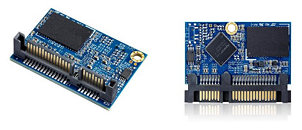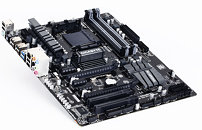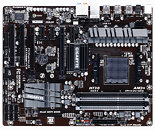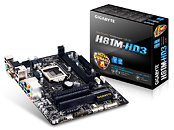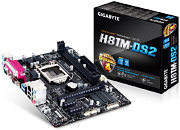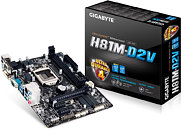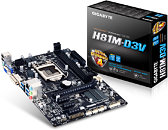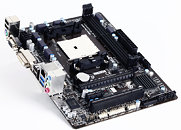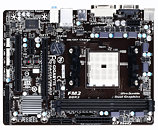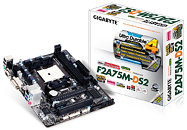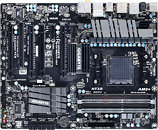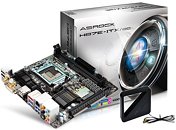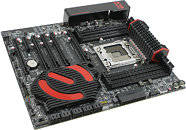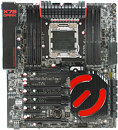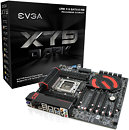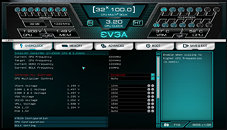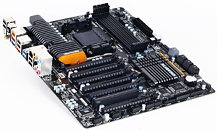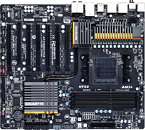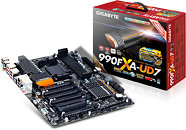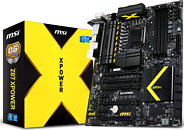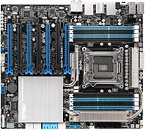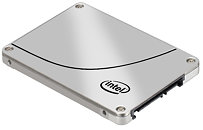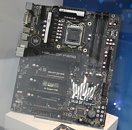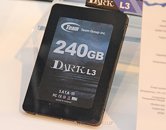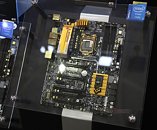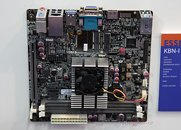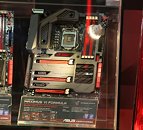Apacer Introduces 22PIN SATA 6 Gb/s High-Speed Modular SSD
The pursuit of speed for IT products is always endless. Therefore, Apacer devotes to breakthroughs and innovation in technology and is fully prepared to provide the high-speed storage products to customers before the R & D of the next-generation product. Apacer launches the new generation of SDM5 (SATA Disk Module), which adopts the SATA 3 (6 Gb/s) high-speed transmission interface, Toggle DDR 2.0 NAND Flash, as well as the specifically designed 2-Channel bidirectional structure. The sequential read/write speed reaches 315/145 MB/Sec and provide an excellent performance of high speed read, all of which enable the SDM5 to be one of the fastest storage solutions in the next generation IT products.
Apacer SDM5 connector adopts standard 7-pin Signal and 15-pin Power male SATA connector. To provide greater flexibility, Apacer rolls out two new designs - perpendicular (at 90°) and parallel (at 180°) - for 22-pin SATA connectors.
Apacer SDM5 connector adopts standard 7-pin Signal and 15-pin Power male SATA connector. To provide greater flexibility, Apacer rolls out two new designs - perpendicular (at 90°) and parallel (at 180°) - for 22-pin SATA connectors.
